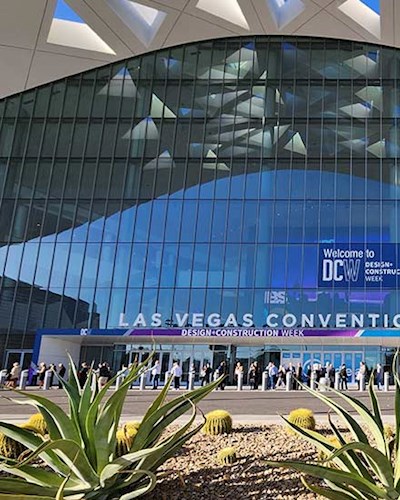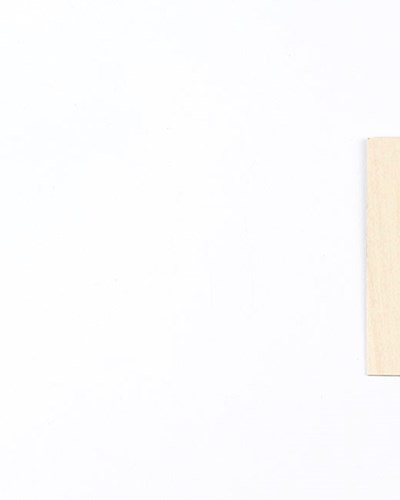The Evolving Workplace
The Evolving Workplace
It’s time for a fresh office design mindset as more employees return to their workplaces. This new pandemic-aware landscape requires a different approach to selecting hygienic surfaces with aesthetic appeal.
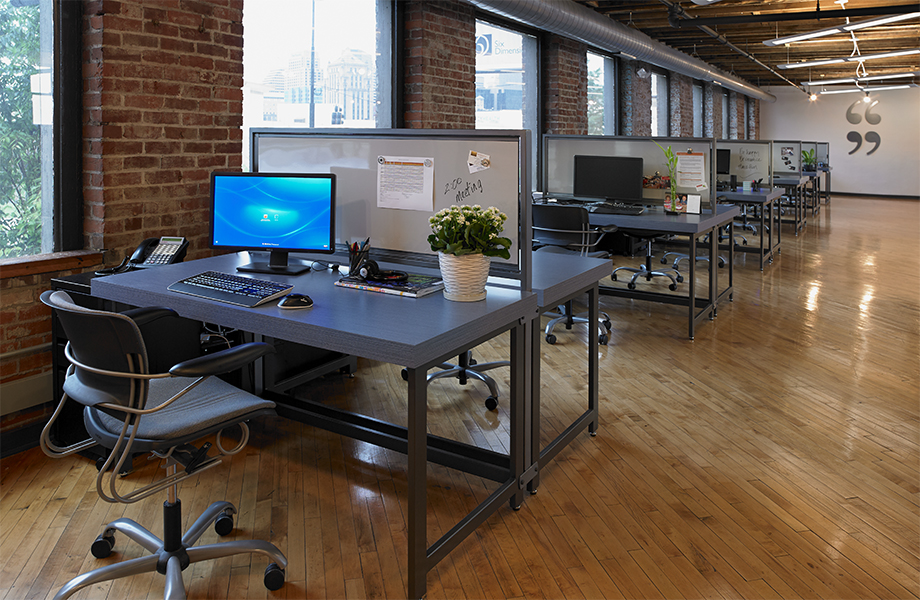
For people to return safely to their jobs and feel comfortable being among others for extended periods, companies need to reconsider several aspects of the physical workspace. Here’s what we’ve learned through discussions with leading architects, designers and furniture makers leading the way.
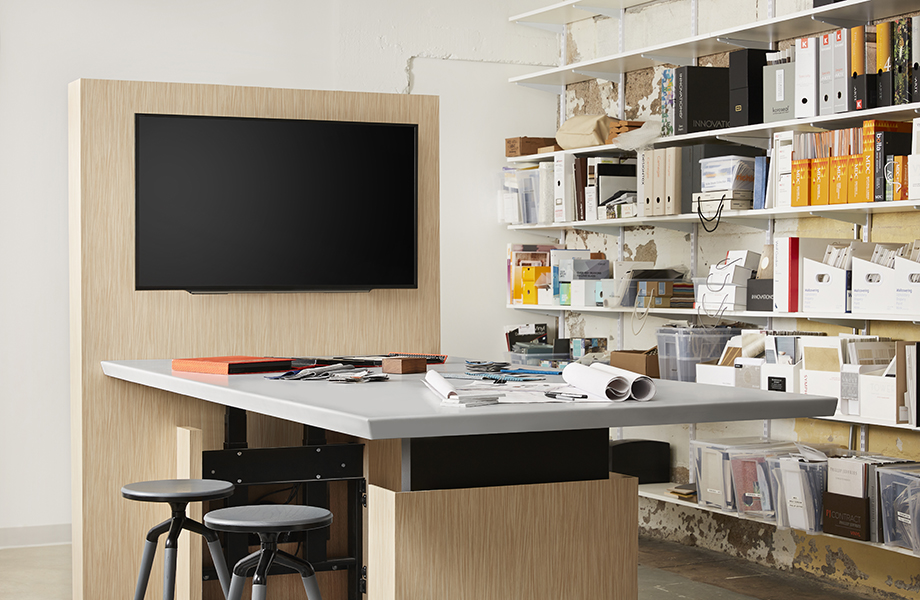
Supporting a Hybrid Work Model
Not all of the employees who began working remotely in 2020 will return to the office. Some have moved away from large cities in search of more open spaces, while others will be allowed do their jobs from home some or all of the time.
From here on out, businesses need not only the right technology, but also the appropriate physical spaces to create a seamless hybrid working environment. This means some employees will work from home while others will be in the office, and the ability to join a meeting or reach a colleague should be easy no matter where everyone sits.
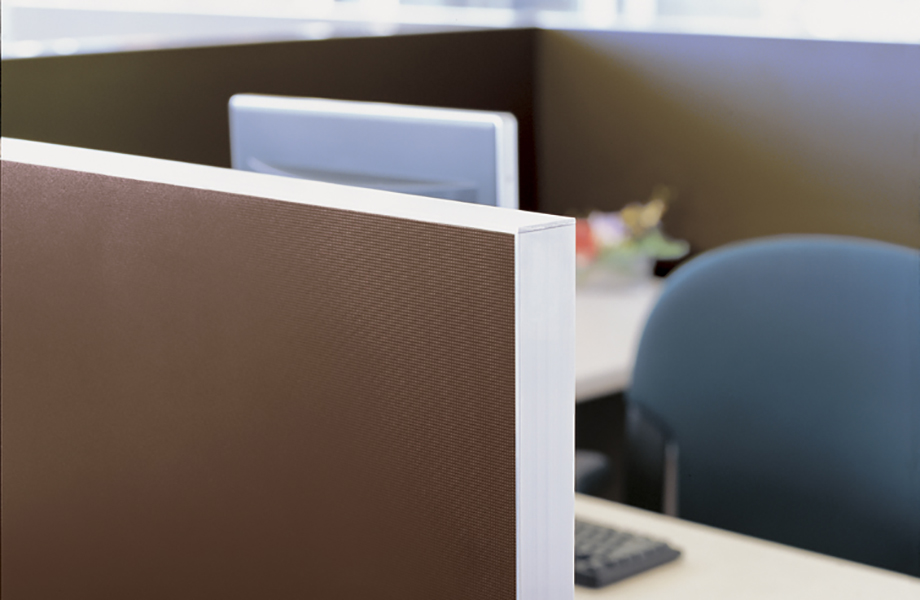
Creating and Protecting Personal Space
In recent years, open-concept office design has been the name of the game. Post-pandemic, tightly packed rows of cubicles and desks with no dividers between employees simply aren’t going to offer the protection or peace of mind people seek. There is a need for more square footage per person to reverse the trend of cramming as much as possible into small spaces.
In addition to a defined personal space, employees will need access to outdoor areas to regroup and get fresh air when the weather allows. Especially for those who have become accustomed to working from home, a stressful commute and return to office life may be a difficult transition that requires extra attention.
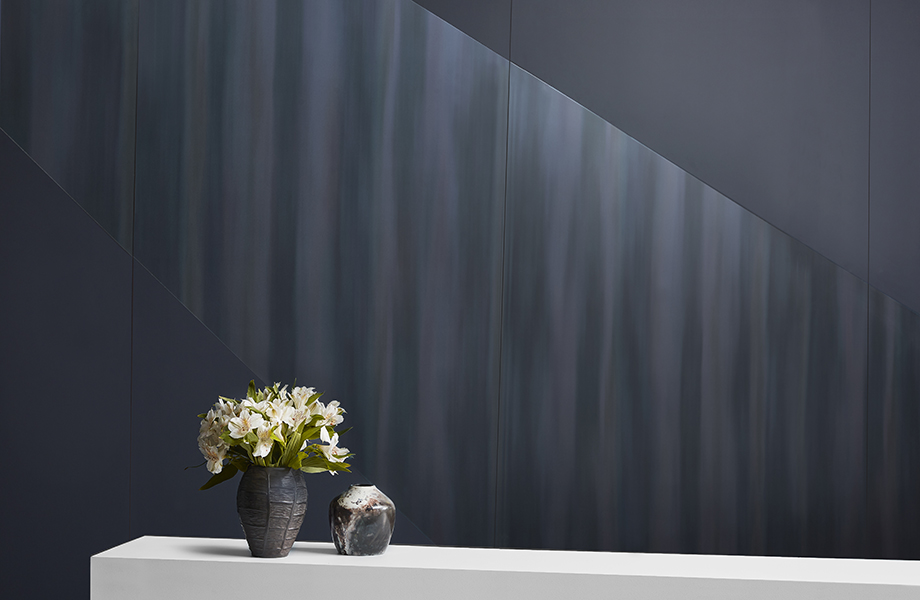
Defining Boundaries
Now that the run on plexiglass has calmed down, it’s time to think through more long-term — and more aesthetically appealing — options for physical barriers to establish personal bubbles or departmental demarcations. While clear partitions are perfect for areas with high levels of interaction such as reception desks, office design can get creative with separation in other realms. The Formica DecoMetal® Collection enables designers to create hard boundaries with metallic pizzazz to cordon off different spheres with beautiful selections such as Dark Rolled Steel.
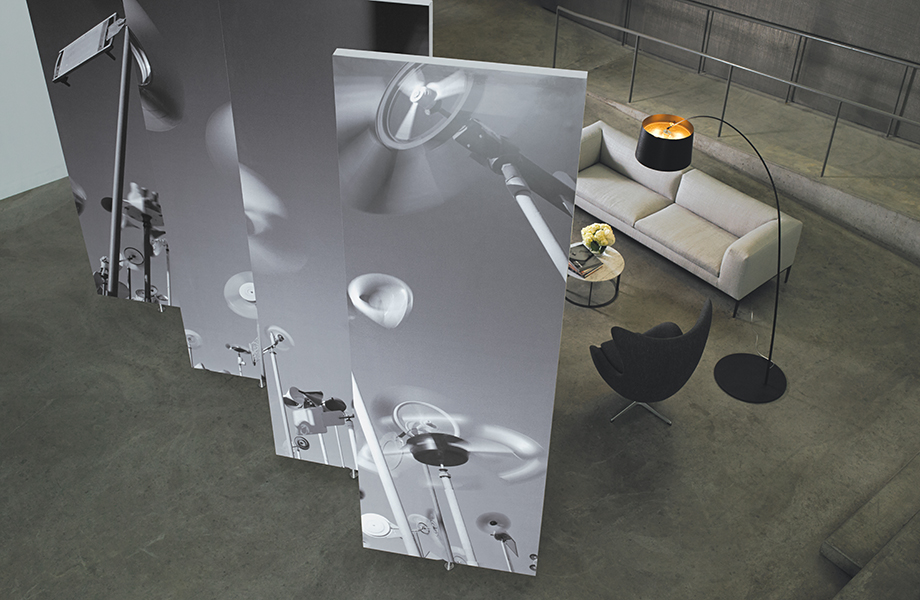
Embracing Flexibility for Safe, In-Person Collaboration
Gone are the days when 10 people could sit in a tight conference room for hours on end. But innovation and working as a team still requires collaboration that can sometimes only happen with face-to-face interaction.
Common spaces are becoming more open to allow for improved air flow. This means flexibility is key in the form of movable, panelized systems that can establish private meeting areas. Formica Envision™ Custom Laminate enables organizations to feature product images, local artwork or any other graphic element on feature walls, dividers or portable panels. Adjustable furniture configurations can also enable socially distanced conversations that keep projects on track while enabling the camaraderie we’ve all been missing.
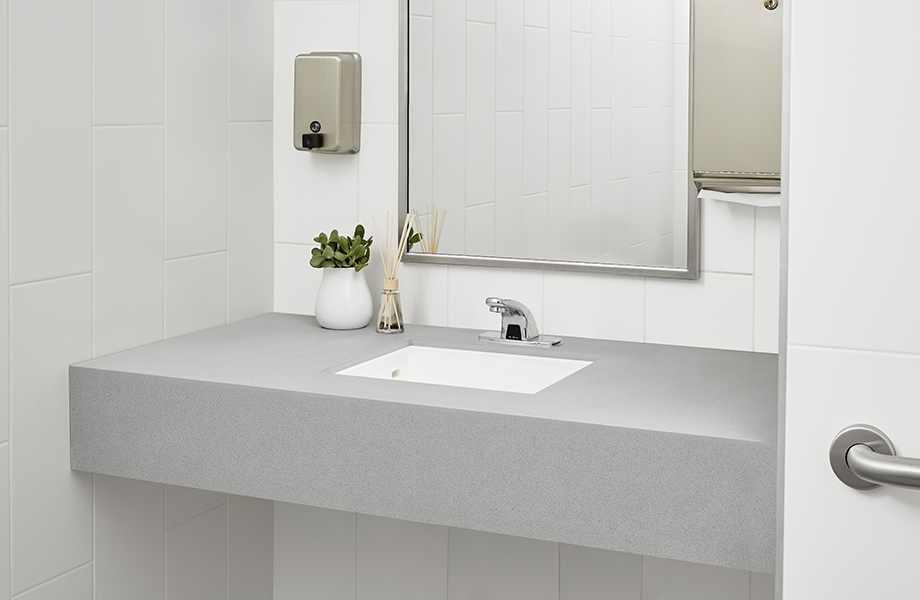
Prioritizing Surfaces That Can Be Easily Cleaned
Nonporous surfaces with minimal texture will rule the day when it comes to cleanability. This is where Formica Group excels, as our wide-range of products combines wear resistance with durability that stands up to frequent cleaning.
In addition to Formica® Laminate selections, the Formica Everform™ Solid Surface Collection includes dozens of eye-catching options that couple hygiene with renewability for high-traffic areas that need stringent cleansing. Integrated sink options eliminate seams that can trap bacteria in common areas such as restrooms and employee kitchens.
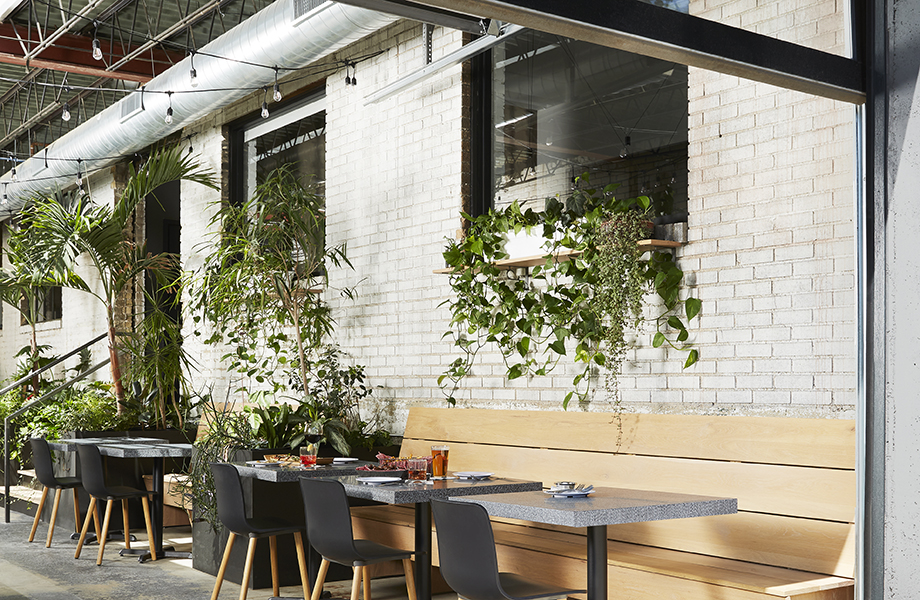
Bringing the Outside in
Biophilic design helps us reconnect with the natural world through eco-friendly spaces that may include plant life, outdoor views, wood-inspired surfaces and open spaces. While the concept of incorporating natural elements into design isn’t new, the focus on the health benefits of clean air and proper ventilation are at the forefront of design today.
In addition to updated HVAC considerations for improved filtration, biophilic design will play a large role in creating pandemic-savvy office environments that help us breathe easier. Formica Group is committed to sustainability through our manufacturing practices and uses FSC®-certified woods in our laminate.
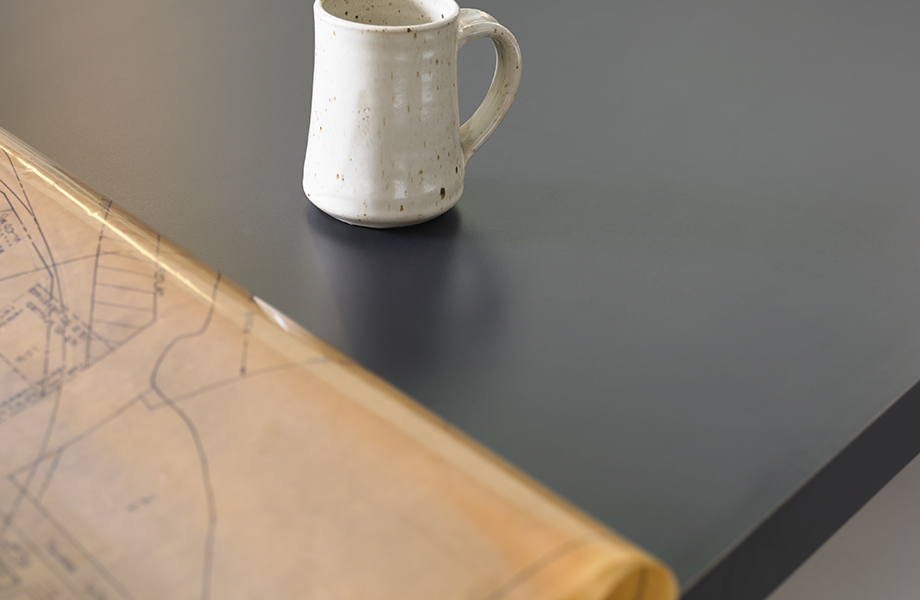
Incorporating Dark, Earthy Surfaces That Resist Fingerprints
All-white offices are beginning to transition into palettes that feature earthy, dark and moody colors that blend well with woodgrain laminate surfaces. Formica Infiniti® Laminate selections in Nocturne, Night Shade and Night Forest make strong design statements with hygienic properties and fingerprint resistance. They pair beautifully with Planked Urban Oak and other warm tones from the Formica Woodgrain Laminate Collection.
Embracing Change
There are still many unknowns about how workplaces will evolve in the coming months and years, but it’s clear that cleanability and flexibility will be central to office design. One thing is for sure: Everyone will benefit from healthier workplaces built to enhance how we collaborate and care for ourselves — and each other.

